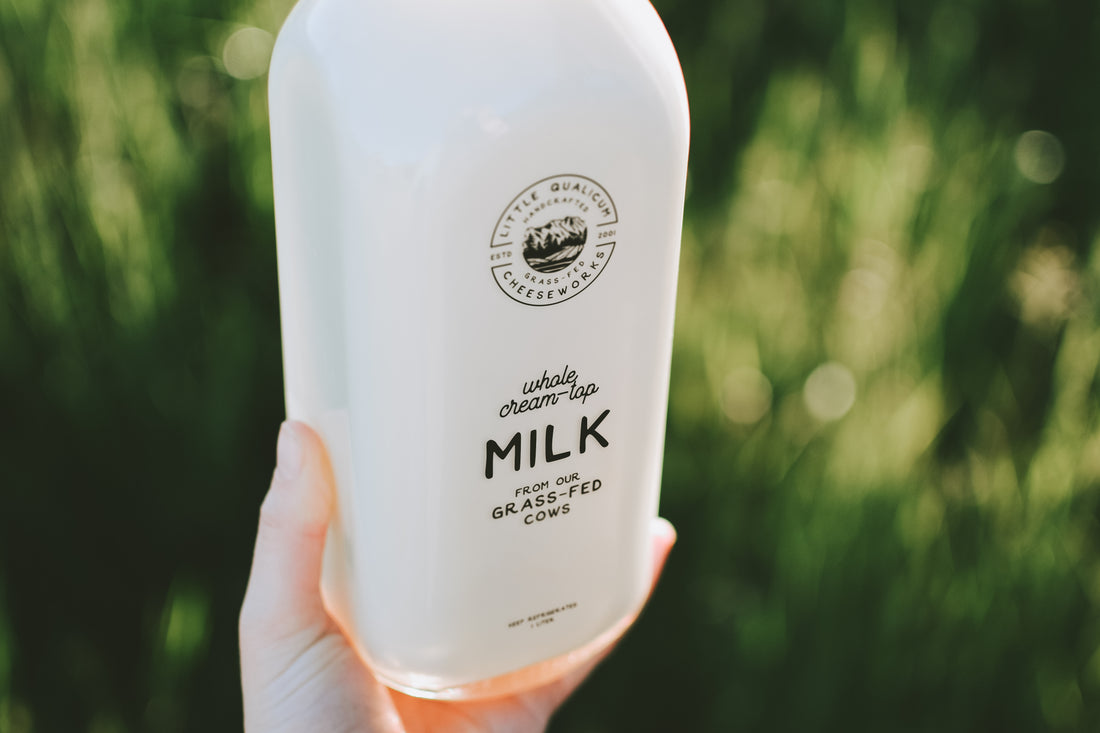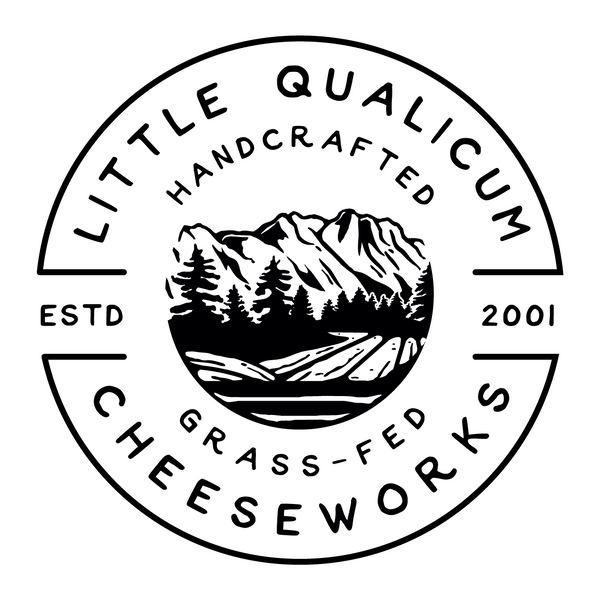
Your Guide to Milk Terminology
Pasteurized, homogenized, whole... what does it all mean?
There's a good dose of confusion out there when it comes to milk terminology. We're here to make things a little easier for you!
--
Pasteurization is the process of heating up milk for a set amount of time in order to kill pathogens. We use what is called a low-temperature pasteurization, which is perfectly safe to consume but also retains many of the natural nutrients in the milk.
Cream top milk, also called unhomogenized milk, will naturally separate as the cream rises to the top. You can shake the cream back in, or scoop it off for another use.
Homogenization is a mechanical process used to reduce the size of the fat particles in the milk so they remain suspended in the mixture. The fat in homogenized milk doesn't separate out and therefore will not have a "cream top".
Whole milk has typically not been altered in any way other than pasteurization and sometimes homogenization. Nothing is added to or removed from the milk. The fat % of whole milk fluctuates naturally with time of year, feed, and cattle breeds.
Raw milk is just as it comes out of the cow, unaltered and unprocessed. As with many countries, the sale of raw milk is prohibited in Canada.
--
So what kind of milk do we sell? In simplest terms, the only processing done to our milk is pasteurization - so this would make it pasteurized cream top whole milk. Nothing is added or removed, and it is unhomogenized meaning the cream will rise to the top if left to settle.
Pasteurized |
Yes |
Cream top |
Yes |
Homogenized |
No |
Whole |
Yes |
Raw |
No |
Hopefully that all made sense on some level! Information on our milk dispenser can be found here.




